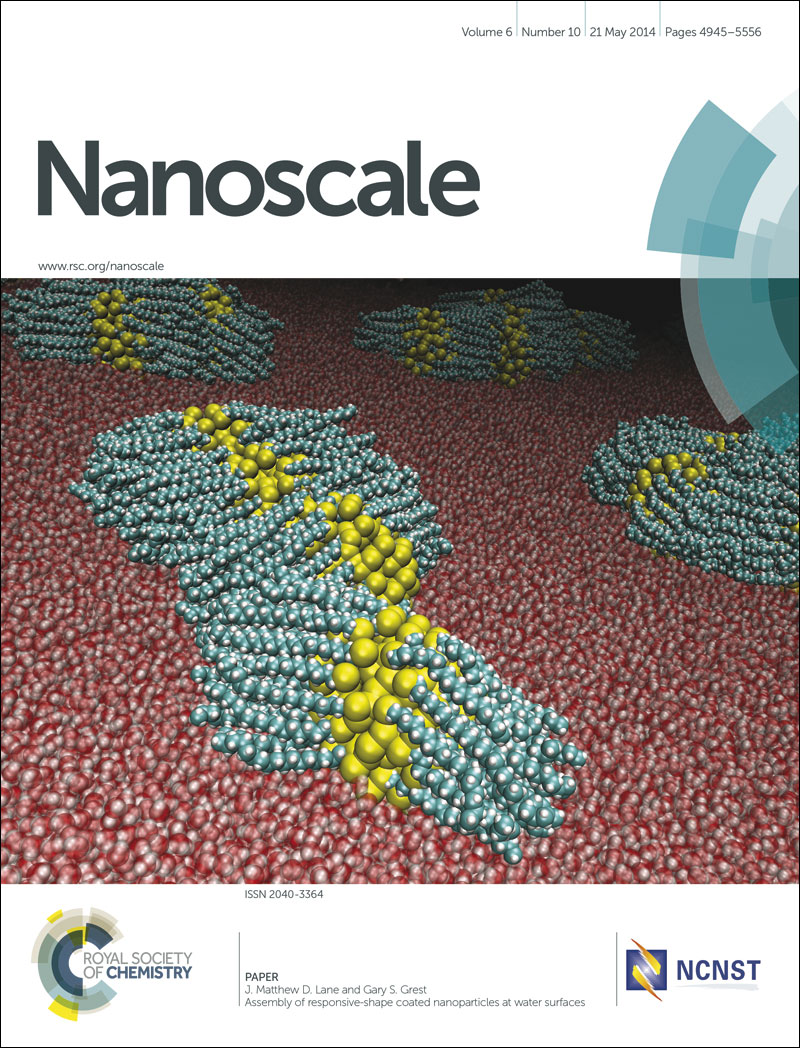Surface chemistry, morphological analysis and properties of cellulose nanocrystals with gradiented sulfation degrees†
Abstract
The process of sulfuric acid-hydrolysis of cellulose fibers for the preparation of cellulose nanocrystals (CNs) includes an esterification reaction between acid and cellulose molecules, which induces the covalent coupling of sulfate groups on the surface of prepared CNs. Negatively charged sulfate groups play an important role in both surface chemistry and physical properties of CNs. This study explored the strategy of introducing a gradient of sulfate groups on the surface of CNs, and further investigated the effect of the sulfation degree on surface chemistry, morphology, dimensions, and physical properties of different CN samples. Based on the discussion of their surface chemistry, the selection of different cross-section models was reported to significantly affect the calculation of the degree of substitution of sulfate groups on CNs. A new ellipsoid cross-section model was proposed on the basis of AFM observations. The effect of sulfate groups on crystal properties and thermal stability was discussed and validated, and the birefringence behavior of nanocrystal suspensions was observed.


 Please wait while we load your content...
Please wait while we load your content...